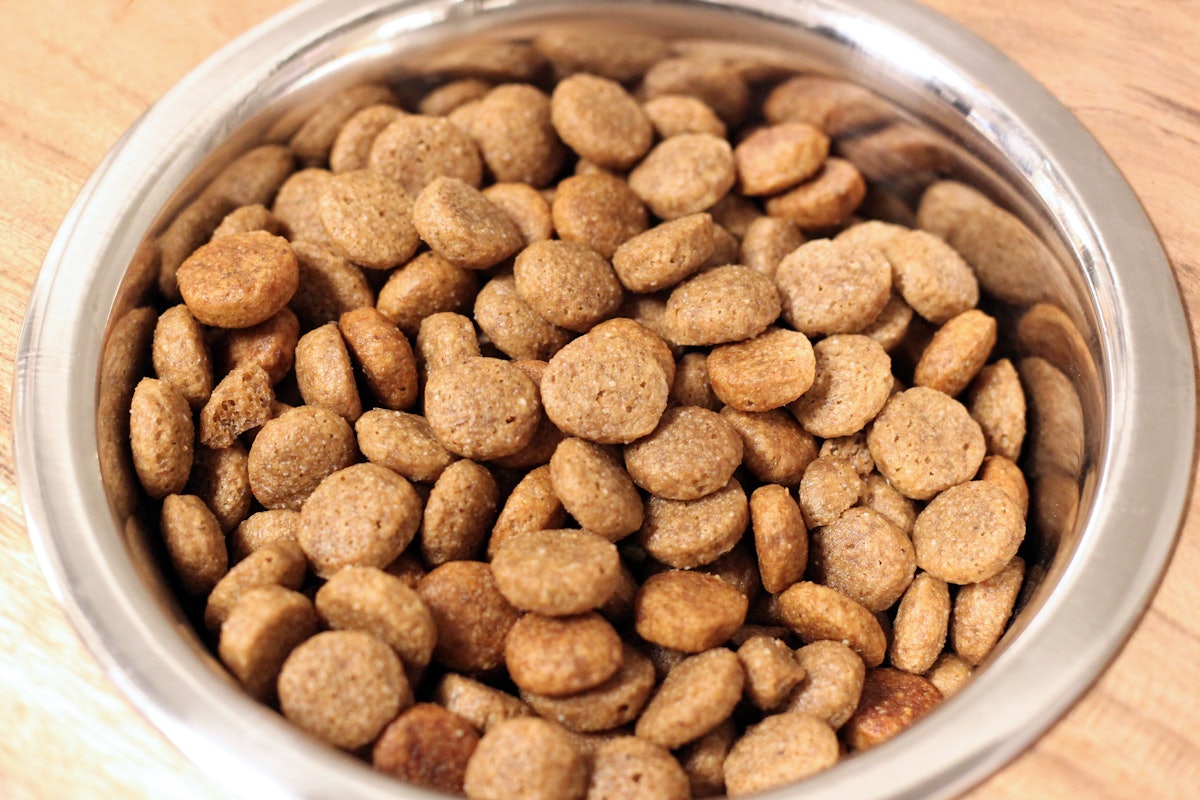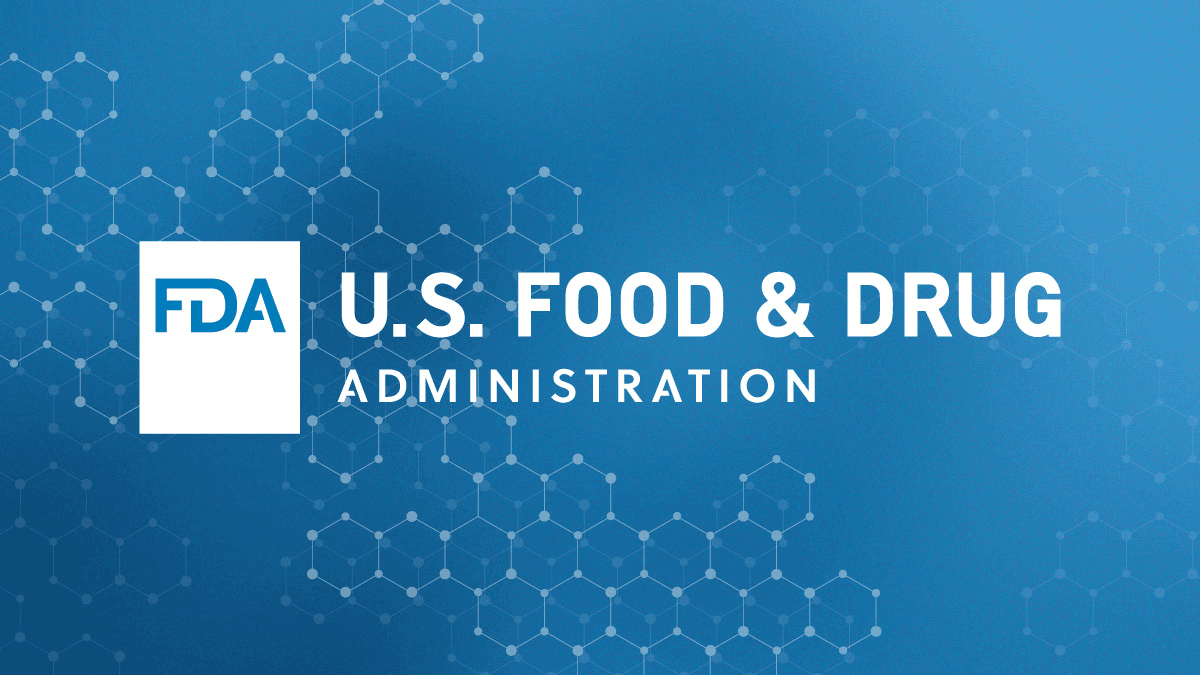- Weekend Rounds
- Posts
- Raw food, bird flu, and the FDA
Raw food, bird flu, and the FDA
Plus: AVMA Chart of the Month, Canadian Content, and more!
Hello 👋
Welcome back to another edition of Weekend Rounds!
We have a great edition this week, but first some news: we will be at the OVMA Conference & Trade Show in Toronto this coming weekend! If you’ll be attending, come say hi to the team behind Obi Veterinary Education and Weekend Rounds from Jan 30 - Feb 1!
Hopefully we will see you IRL next week… this week we’re covering things digitally:
🦅 A new One Health framework
💓 The science of resiliency
🇨🇦 Canadian content
📈 AVMA Chart of the Month
🚀 Quick hits
🦅 🚶 🐄
A new One Health framework
We think it is fair to say that is has been an interesting time for the One Health community of late. There has been increased attention on the subject and understanding of its importance since COVID, which means coverage of the most recent bird flu outbreak has bordered somewhere between excellent reporting and fearmongering.
But as the New York Times reported this week, things have taken an interesting turn. Since early December 2024, more than two dozen cases of bird flu infections have been confirmed in domestic cats in the United States.
While some cases have been linked to raw milk containing the virus, other cats fell ill after eating raw pet food — the first known cases linked to commercially available pet food.
This has led the FDA to issue new regulations that require pet food manufacturers using uncooked or unpasteurized materials derived from poultry or cattle to reanalyze their food safety plans, with specific focus on identifying H5N1.
As experts try to get a handle on the spread, they are reiterating that the threat to humans remains extremely low - despite the first confirmed human fatality earlier this month.
Separately (though likely not entirely separately), earlier this month the U.S. Government released its first national One Health Plan - a coordinated effort between the The Centers for Disease Control and Prevention (CDC), the U.S. Department of Agriculture (USDA), and the Department of the Interior (DOI) to address zoonotic diseases and advance public preparedness.
You can read the 15-page framework here.
💓
The science behind building resiliency
It’s no understatement that these can be challenging times. January can be a tough time of the year for many of us, not to mention the day-to-day stressors of our profession, or the constant stream of global catastrophes and bad news that inundates our newsfeeds and timelines.
That’s why we’ve always strived to keep the newsletter light, informative, and fun. And we were thrilled to see the 2025 AVMA Veterinary Leadership Conference in Chicago feature Robyne Hanley-Dafoe as the keynote speaker.
She leveraged her 18+ years of university teaching and research experience to provide attendees with realistic and sustainable strategies for understanding and practicing everyday resiliency and wellness. She found five traits or practices that gave people the best opportunity to be well and to meet their goals:
Belonging: A person needs a team or individual in their corner
Perspective: This means operating with head and heart in alignment.
Acceptance: Understanding what is in and outside of one’s control. I
Hope: A person must consciously choose to live a hope-filled life, trusting they are on the right path and will be OK.
Humor: Resilient people are funny, though often it’s a dark type of humor.
More than ever, it’s important to prioritize our own well-being so we can be there for ourselves, our loved ones, and our patients.
That is also why we are pleased to be sponsored this week by BetterHelp:
This Spring, Grow with the Help of a Therapist
Your mental wellness deserves to bloom. For Mental Health Awareness Month, BetterHelp is offering your first week of therapy free, no strings attached. Whether you’re facing stress, burnout, or relationship challenges, therapy can help you grow through what you’re going through.
You’ll be matched in under 24 hours, and you can message, chat, or video call your therapist anytime, anywhere. 94% of users report improvement, and 80% see symptom relief within just a few sessions.
It’s time to invest in yourself: try therapy with no risk today.
🇨🇦
Canadian Content
We’re not sure which editor at the CBC woke up this week and decided to prioritize veterinary medicine, but it seems like there was an increase in coverage.
Marketplace did a feature on the corporatization of vet clinics:
The story even included a searchable table where readers can look up whether their clinic is owned by one of Canada’s “Big 3”: VetStrategy, VCA, and NVA
The Fifth Estate dug into why pet medications aren’t more readily available including an investigation that found Canadian veterinary regulators, drug companies and distributors are shutting out pharmacists from selling pet medication. And yesterday, the went deeper with a full feature on the cause and effect of private equity and cost of care. You can watch the 41-minute mini documentary here:
Matt Galloway on The Current tied the two stories together on his radio show by discussing how some pet owners are abandoning their animals because they can’t keep up with the high cost of veterinary care, how big corporations are buying up independent clinics, and a lack of competition due to limits on who can buy and sell pet medications.
And to close it out, CBC published a feature on vet clinics remaining independent in London, ON despite the private equity boom.
Fun times in the great white north. We can report first hand that the veterinary Facebook groups are ablaze. Hot takes, consensus takes, you name it.
📊
AVMA Chart of the Month
We’re big fans of the AVMA Chart of the Month. Honestly, we’re big fans of most types of compelling data visualization, so to see monthly trends in veterinary medicine is nice.
This month, the AVMA highlighted the average debt-to-income ratio from their 2024 survey of graduating seniors. Debt-to-income ratio measures the relationship between veterinary student loan debt and anticipated annual income after graduation. A ratio of 1.4 is considered manageable for a new graduate to pay down without inducing financial stress.

Source: AVMA
Some key takeaways:
3 in 4 new graduates (74.9%) had debt-to-income ratios below 2.0
more than half (58.8%) had ratios below 1.5.
The average of all graduates was 1.4, which is slightly up from 1.3 in 2023, but lower than values throughout much of the 2010s, when the average debt-to-income ratio often exceeded 2.0
There are large disparities in the data: 42.2% of graduates had a debt-to-income ratio of 1.50 or higher, including 12.3% with a ratio of > 2.50
🚀
Quick Hits
Here are some of the other stories that caught our eye and we're following this week from around the veterinary world and animal kingdom:
How did we do today?Tell us what you thought of this edition of Weekend Rounds so we can keep improving! |






